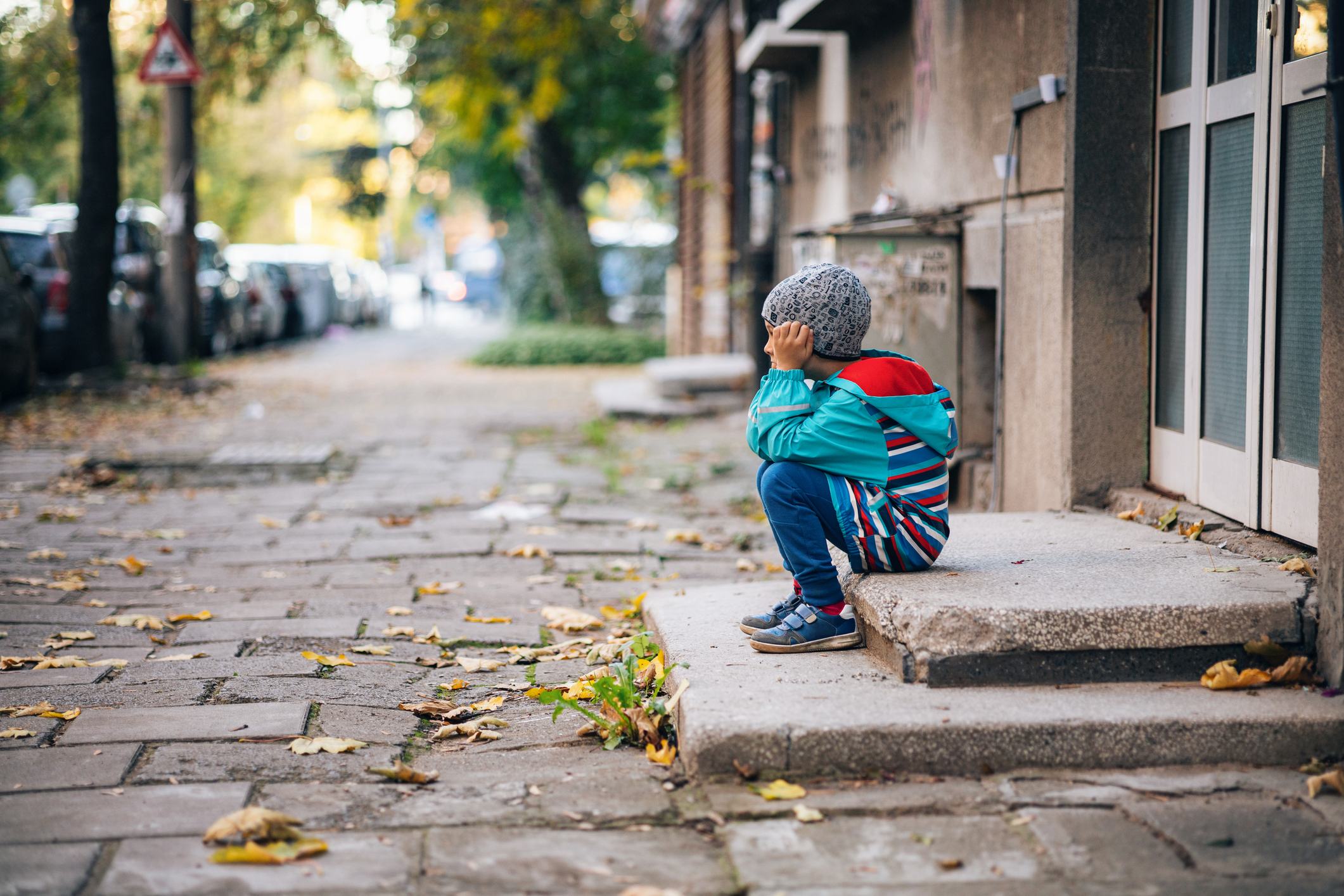Every child deserves a safe, stable home every night. It is a basic need for all children. And yet, a 2021 study found that as many as 1.3 million infants, toddlers and preschoolers — 1 in 18 children under the age of 6 — experience family homelessness each year in the United States. Research shows that homelessness has a profound impact on child health and developmental outcomes. Given the unparalleled development that occurs in the early years of life, which sets the foundation for future development, achievement, and health throughout childhood and into adulthood, it is crucial to understand the impact of homelessness on infants and toddlers and for city leaders to create and implement responsive intervention programs and policies.
The Impact of Homelessness on Infants and Toddlers
The impact that homelessness has on children begins when babies are still in the womb. For example, pregnant people experiencing homelessness face barriers when attempting to access prenatal care, such as a lack of transportation and discrimination from healthcare providers, which can result in potential prenatal complications going unnoticed. Further, homelessness during pregnancy is associated with adverse perinatal outcomes, including increased odds of preterm delivery, more frequent admissions to neonatal intensive care unit admissions, and lower birth weight.
After birth, the risks continue for infants experiencing homelessness. According to a 2019 study, during their first year of life, infants who experienced homelessness were more frequently diagnosed with health conditions such as respiratory infections, fever and allergies compared to infants in housed families. By age three, these same children were more likely to have respiratory infections, injuries, and nutritional problems than housed children. The study found that this group of children through age six still had higher rates of asthma and used emergency departments at higher rates than the comparison group.
Beyond physical health, research has also found that homelessness is linked to developmental delays in young children. According to Dr. Jack Shonkoff of Harvard University’s Center on the Developing Child, homelessness in early childhood exposes children to “toxic stress,” which can, in turn, disrupt the brain’s critical early development. Available research suggests that 50 percent of homeless children under the age of four have developmental delays, a rate which is three to four times higher than that of children who do not experience homelessness.
Although research shows that any duration of homelessness is harmful for children, the longer the duration, the more severe the consequences. Research by Children’s HealthWatch found that infants and children who experience homelessness for more than six months are at a greater risk for developmental delays, poor health outcomes, hospitalization, and being overweight than children who were never homeless or homeless for less than six months.
NLC Resources to Support Housing Solutions
Safe, stable and quality housing is foundational for young children’s healthy growth and development and local government has a role to play in building and strengthening communities where all children can grow and live healthy lives. NLC’s Housing & Community Development team has a myriad of resources that can help local leaders learn about how to approach this topic and make meaningful changes in their cities to end homelessness. These resources include:
- “An Overview of Homelessness for City Leaders” is a brief that provides foundational information about the scope of homelessness in America, the determinants of homelessness, and its impact on communities.
- The Federal Funding Sources for Addressing Homelessness Tool offers a searchable list of federal grant programs designated for homelessness support, intervention or prevention, and those that are particularly relevant to support for people at high risk of experiencing homelessness.
- The Local Eviction Prevention Policy and Program Tool which is an interactive resource that aims to help elected officials, city staff, non-profits, service providers, researchers and others, better understand the local eviction prevention landscape in the US and identify approaches cities are taking to prevent evictions based on factors such as geography, city size, and stage of the eviction process that the policy or program intervenes.
For additional briefs, articles and other resources related to homelessness and housing stability check out NLC’s housing and community development resources.








